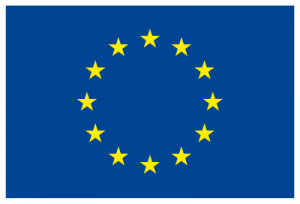Video processing consists in signal processing employing statistical analysis and video filters to extract information or perform video manipulation. Basic video processing techniques include trimming, image resizing, brightness and contrast adjustment, fade in and fade out, amongst others. More complex video processing techniques, also known as Computer Vision Techniques, are based on image recognition and statistical analysis to perform tasks such as face recognition, detection of certain image patterns, and computer-human interaction.
Video files can be converted, compressed or decompressed using particular software devices. Usually, compression involves a reduction of the bitrate (the number of bits processed per time unit), which makes it possible to store the video digitally and stream it over the network. Uncompressed audio or video usually are called RAW streams, and although different formats and codecs for raw data exist, they appear to be too heavy (in bitrate terms) to be stored or streamed over the network in these formats.

